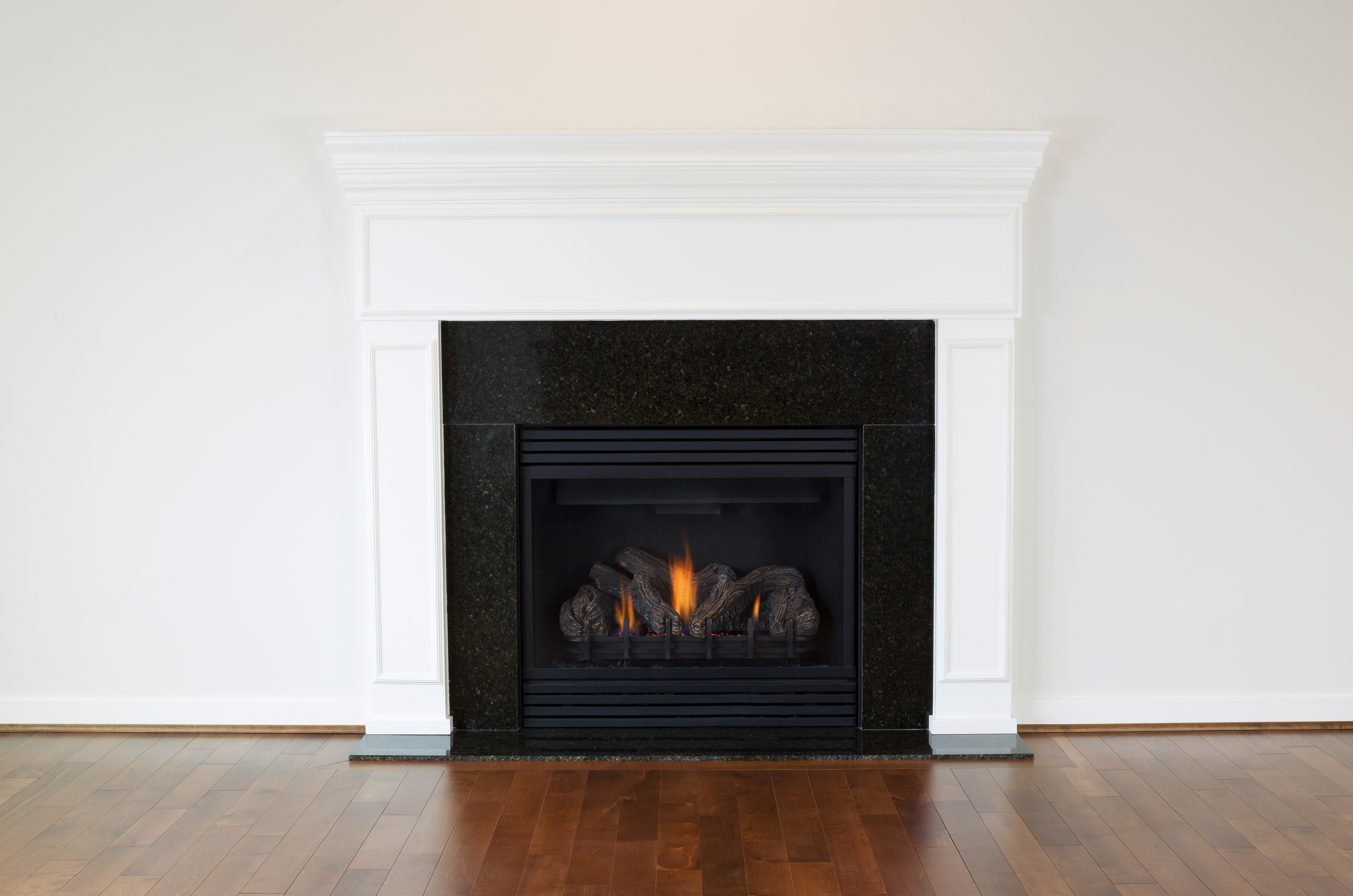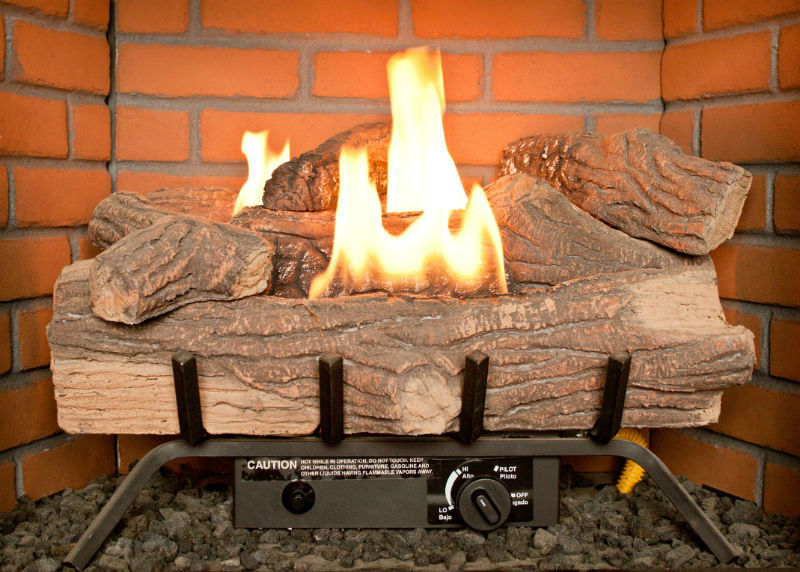
by Renee Brigman | Sep 11, 2019 | Fireplace maintenance, Gas Fireplace FAQ, Gas Logs
-> Also read our article “Is it Time to Replace Your Wood burning Prefabricated Fireplace?” The fireplace industry considers prefab wood burning fireplaces to have a life expectancy of 10-30 years. Like other household appliances, they just don’t...

by Renee Brigman | Mar 7, 2016 | Gas Fireplace FAQ, Gas Logs
What we’ve learned….. Vent-free /Unvented gas logs usually require the damper to be closed. Some folks opt to just seal the throat of their fireplaces or the tops of their chimneys when these gas log systems are installed. Vent-free or unvented gas log appliances...
by Renee Brigman | Dec 30, 2014 | Gas Fireplace FAQ
Fireplaces can be confusing, especially for the average homeowner. With modern styles that burn fuel other than wood and function with very high efficiency, a lot of questions come up. The following list answers a few common questions regarding gas fireplaces. If you...




